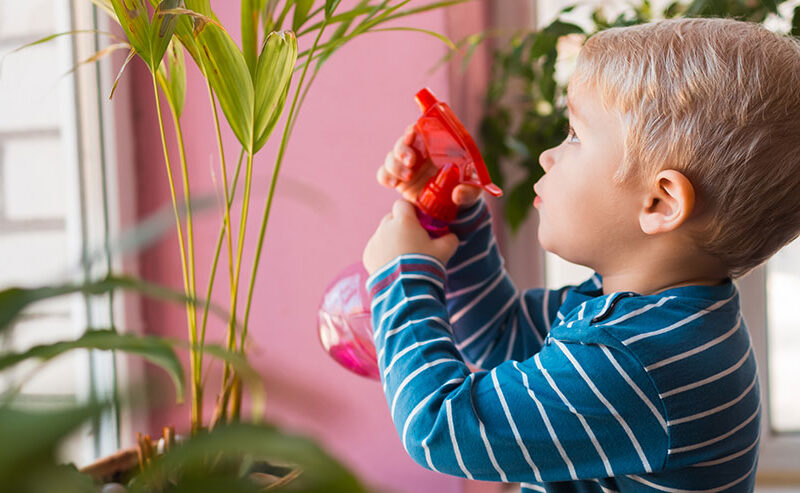When and how should I introduce screens to my 2½ year old?
When and how should I introduce screens to my 2½ year old? https://mediatrics.com/wp-content/themes/corpus/images/empty/thumbnail.jpg 150 150 Mediatrics Mediatrics https://mediatrics.com/wp-content/themes/corpus/images/empty/thumbnail.jpg Q: I have a 2½ year old, and so far, per the advice of our pediatrician, she has had no screen time. However, I have heard that educational television, such as Sesame Street, can be useful to offer in small doses after the age of two. My inclination is to continue not to offer her screen time, as I am worried that she will want to spend lots of time in front of screens (television, iPad, phone, etc.), and right now she spends most of her day reading, doing puzzles, and in imaginary play. At what point does it make sense to introduce screen time, and in what manner?
–Mindful Mom, in Washington, DC
A: Dear Mindful,
It’s great that your pediatrician is prioritizing screen media in your well-child visits and that you’re heeding the pediatric guidelines. Research shows that at the age of 30 months, your daughter is on the cusp of being able to learn effectively from screens, so now is a good time to think about introducing them. If you introduce them in a mindful way, using screens for specific tasks that they do well, there is no reason to fear that she will get “sucked in” and abandon the reading, puzzle-solving, and imaginary play that she enjoys now.
Before you turn on the TV or hand her a tablet or smartphone, here are a few tips to consider:
Tip 1: Choose content that’s designed for kids her age. Although many research-based educational media, like Sesame Street, are really designed for 3–5 year old preschoolers rather than toddlers, there are plenty of media for children your daughter’s age. Look for those, and save the others for when her brain development optimizes her ability to learn from them. At her age, interactive media on a touchscreen device like a tablet is probably more useful and effective than television because she can guide the experience and engage her finger, as well as her eyes and mind, in the experience.
Tip 2: Match her attention span. How much time can she spend focusing on a single task? When choosing screen media to share, select a game or segment of a show that lasts for only as much time as she would spend with a book or toy. Because media are designed to engage kids and regularly change to keep them engaged beyond their natural attention span, you will need to move her on to another activity as she would naturally do.
Tip 3: Choose a time of day that works. With a DVR or DVDs, you can make sure that screen time works with her routine instead of tying her to a broadcast schedule and length of program. For example, since TV right before bed can disrupt sleep, save it for after naptime—even if the show is on right before.
Once you are ready to introduce the media you’ve chosen, you can help her learn from Day One how to use media mindfully:
Treat screen time as one experience of many. Introduce it as you would any new experience. Instead of thinking of it as a special treat or a unique risk, treat screen time as a normal part of life—just another activity that may be part of her day.
Use screens with her. This is not only practical (for a host of reasons, you don’t want to leave your toddler alone with your expensive tablet or smartphone), but it also helps her benefit most from the experience: You can not only guide and explain her experience, but also model mindful media use. To do that , engage with her around what she sees (which leads to more learning), monitor her reactions so you see what she likes and what might be scary or agitating for her, and turn it off when it’s time to transition to another activity.
Set the expectation up front that media are a wonderful part of a diverse experiential diet, to be used in focused and purposeful ways to do what they do well, then turned off in favor of other activities. This will help her avoid making screens a default activity. Teaching and modeling prioritization and time management from the beginning will help her manage her time and her media use in the future.
Enjoy your media and use them wisely,
The Mediatrician®




